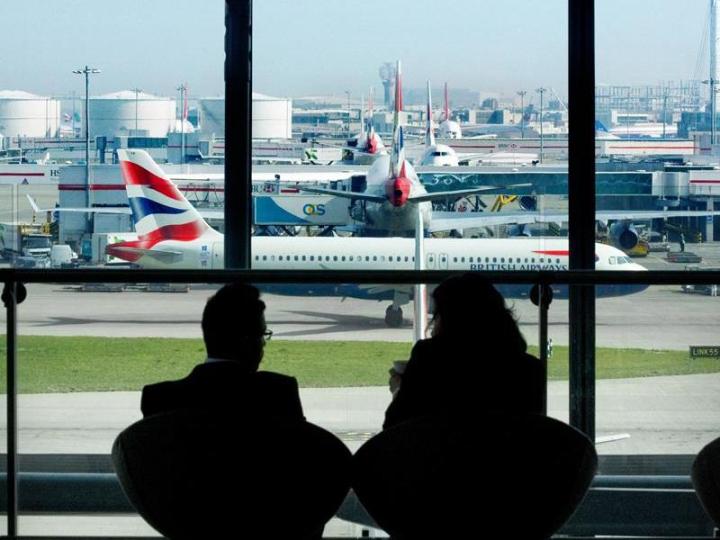
National Air Traffic Control Services (NATS), responsible for air traffic management in the U.K., confirmed that everything is now up and running again. “Following a technical fault with the flight data system used by air traffic controllers at Swanwick, NATS can confirm that the system has been restored to full operational capability and a thorough investigation is continuing,” it said in a press statement. “Although operational restrictions applied during the failure have been lifted, it will take time for flight operations across the U.K. to fully recover so passengers should contact their airline for the status of their flight.”
As for the root cause of the glitch, a post on the European Organization for the Safety of Air Navigation website suggested that a faulty server was to blame for the system going down. Early reports that the outage was due to a power failure have been denied by NATS, and a hacking attack has also been ruled out. The airlines and the passengers involved are likely to be looking for compensation for the lost time and revenue caused by the technical problems.
During the time that the systems went down, Heathrow, Gatwick and Stansted airports were able to accept planes coming in to land, but because flights weren’t able to leave, space soon filled up. Large numbers of passengers were rerouted to other airports while those looking to get away for Christmas were left with no option but to sit tight until the jam was cleared.
The inconvenienced travelers aren’t the only ones upset about the episode: “Any disruption to our aviation system is a matter of the utmost concern, especially at this time of year in the run up to the holiday season,” said U.K. Transport Secretary Patrick McLoughlin. “Disruption on this scale is simply unacceptable and I have asked NATS for a full explanation of this evening’s incident. I also want to know what steps will be taken to prevent this happening again.”
The the £623m ($979m) London Air Traffic Control Center at Swanwick opened in 2002 but has suffered a number of technical problems and glitches in its short history — the facility handles 5,000 flights in a typical 24-hour window. If you’re traveling to, from or through London this weekend then the best course of action is to check with your airline about possible delays and cancellations.
[Image: Heathrow Airport]


